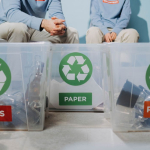Plastic in Our Brains? The Disturbing Truth Emerging from New Research
People have long been concerned about the impact of plastic pollution on human health. Now, new research reported in the New York Times underscores why this matters more than ever. A team at the University of New Mexico, led by toxicologist Dr. Matthew Campen, has uncovered microplastics deep within human organs, including the brain. Their findings raise troubling questions about what this might mean for our health.
The idea that plastic particles end up in our bodies isn’t new. But what’s shocking is the scale and where they’re turning up. Brain samples taken in 2024 were found to contain nearly 50% more microplastics than samples from just eight years earlier. On average, that’s about seven grams of plastic per brain, the equivalent of five bottle caps. It’s not just the brain: microplastics have also been discovered in human placentas, testes, kidneys, livers, and blood. They’ve been found in breast milk, semen, and even a newborn’s first stool.
The team’s discovery is part of a rapidly evolving field of research, one that’s moving faster than anyone anticipated. Using high-resolution microscopes, the scientists have identified plastic fragments as small as 200 nanometres. These fragments are so tiny they can cross biological barriers once thought impenetrable, including the blood-brain barrier.

These findings are prompting researchers to ask difficult questions. Is there a link between microplastics and conditions like dementia, Parkinson’s, or infertility? The data is still too new to offer clear answers, but early signs are worrying. For instance, brains affected by dementia showed higher concentrations of plastic, though it’s important to note that this does not imply a causal relationship – it could be that brains exhibiting signs of dementia may be less able to clear the microplastics away.
The origins of the plastics found are also revealing. Much of the material analysed appears to come from older, weathered plastics, like polyethylene from packaging used decades ago. This suggests the microplastics found in our bodies aren’t just from modern, everyday exposure, but from plastic that has degraded over time and entered our air, food, and water. Researchers suspect ingestion of older plastics is the main route into the body, rather than newer particles from plastic chopping boards or clothing fibres though it is reasonable to be concerned about the impact of those on human health too.

Yet plastic production continues to rise. Even if we stopped manufacturing it today, legacy plastic would still pollute ecosystems, and our bodies, for decades. It’s already in the soil, the sea, and now, it seems, in us.
Scientists still don’t know exactly what impact plastic has on the human body, nor how much is too much. But the message is clear – more research is urgently needed.
For the past 15 years Take 3 for the Sea has been helping people to see and understand the problem of plastic pollution, bringing it out of the lab and into everyday life. We believe that change doesn’t have to be overwhelming. It can start with something as simple, and as powerful, as the number 3:
- Take 3 pieces of rubbish with you when you leave the beach, waterway… or anywhere.
- Take 3 actions to reduce your plastic footprint.
- Take 3 people on the journey with you.
Each small action adds up. Together, we can stop plastic pollution at its source before it ends up in our oceans, our ecosystems, and ultimately, in our bodies.




